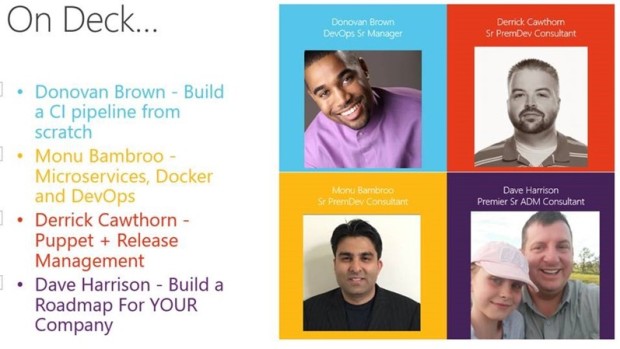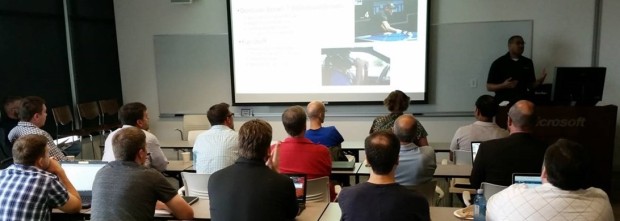Perhaps you are – let’s face it you likely ARE – impacted by the leaked consumer information by Equifax. Or the fact that the contact information they give us goes to a bogus number with no viable help offered. And that if you go to their site for remediation you are opting out of arbitration.
One article said – “In retrospect, we find it surprising that it wasn’t multi-trillion lawsuit in light of the galactic stupidity exhibited by a company whose server apparently had zero firewalls from the internet and where any hacker could get access to the most confidential information available….” One commentator put it, “In retrospect it seems like a really dumb idea to give three random companies access to the entire financial records of every American.”
Let’s forget about what a hellhole these huge companies send you to with their “customer service” lines, which are very well documented, or how evil it is that the executives sold their stock in Equifax before news of this leak – which was deliberately kept secret – got out.
If you want to lock down or freeze your credit – and that seems to be the consensus recommendation out there – you can. Below are the four agencies you’ll need to get in touch with. (I put site links in there even for hollow/404 sites just in case they become available later. Right now at least a few are not functioning well, likely due to high call volume and general jerkiness.)
Mail These Two:
- Experian – https://lnkd.in/gxuAehg (note this didn’t work, I had to send it in via mail)
- Equifax – https://lnkd.in/gvBWrEq (didn’t work, I tried 1-800-684-1111 and got a busy signal. 1-888-766-0008, “system error”. 866-447-7559 – 1 – this is just a receptionist that will give you the Equifax info. In short, mail it in. )
Call This One:
- TransUnion – https://lnkd.in/gCyFZP9 (didn’t work, had to call in to 1-800-680-7289 and go thru steps for credit freeze)
Yay, A Functioning Website!
- Innovis – https://lnkd.in/gFmqtVb (worked, free)
You’ll note, two of the four above required mailings. That’s actually OK for us as we want as much documentation as possible for safety and/or a big ol’ class action lawsuit. Be particularly careful with TransUnion as they’ll want you to sign up for their service which – surprise! – will charge you $19 a month for eternity.
Hope this helped. Now I have to cancel my TransUnion “service” (which I never asked for) thru my credit card, manually. I also went to this site to request a free credit report (you get one annually) from 3 credit agencies.
I need to send another letter to Equifax, on the opt out. I want to sue these guys, VERY badly.
Experian Form Letter – Opt Out
Equifax Consumer Services LLC, Attn.: Arbitration Opt-Out
P.O. Box 105496
Atlanta, GA 30348
The letter needs to include your name, address, and Equifax User ID, as well as “a clear statement that you do not wish to resolve disputes with Equifax through arbitration.”
Experian Form Letter – Credit Freeze
Here’s a form letter you can use for Experian:
Experian Security Freeze
P.O. Box 9554
Allen, TX 75013.
(date)
Please put a security freeze on my information.
Information:
-
Full Name: ____________________
-
SSN: ________________
-
DOB: ________________
-
Current Address: ________________
-
Previous Address: ________________ (if less than 2 yrs above)
Enclosed: $10 payment (if in Oregon), copy of drivers license, copy of utility bill / bank statement
Equifax Form Letter – Credit Freeze
Equifax Security Freeze
P.O. Box 105788
Atlanta, Georgia 30348
(date)
Please freeze my credit.
-
Full Name: ____________________
-
SSN: ________________
-
DOB: ________________
-
Current Address: ________________
-
Previous Address: ________________ (if less than 2 yrs above)
Enclosed: $10 payment (if in Oregon), copy of drivers license, copy of utility bill / bank statement
For the amount you’ll need to pay, see this site: What are the security freeze fees in my state?
See “Acceptable Forms of Identification for Verification“.















